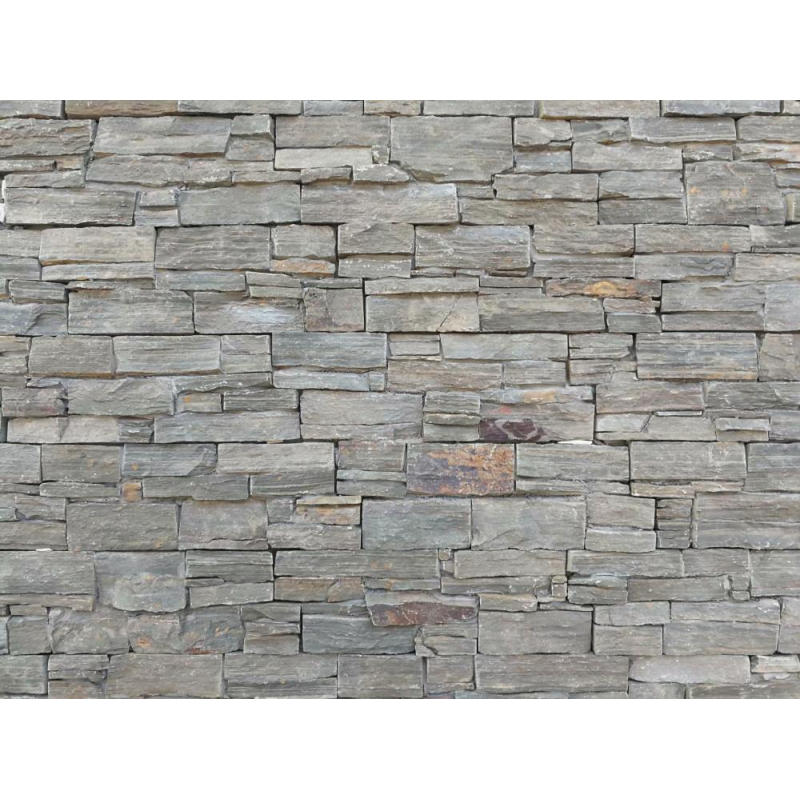
Natuurlike klip is een van die mees gebruikte materiale wat in huise en tuine gebruik word. Maar het jy al ooit opgehou om te wonder waar jou spesifieke klipteëls, bakstene of vloer vandaan kom?

Natural stone was created thousands of years ago when the Earth was just a ball of mineral gases. As these gases began to cool down, they compressed and solidified to form the world we know today. It was during this process that natural stone was formed – the type of stone created depends on what type of minerals were combined at that time. This was a slow process that occurred over millions of years. As the Earth began to settle, many of these seams of stone were gradually pushed to the surface by heat and pressure, creating the large formations we see today.
Stone can come from anywhere in the world, and the type of stone is determined by its origins. There are quarries in America, Mexico, Canada, Italy, Turkey, Australia, and Brazil, as well as many other countries around the globe. Some countries have multiple natural stone quarries, whilst others only have a few. Let’s look in closer detail at where particular stones originate and how they were formed.
Marmer is the result of limestone that has been altered through heat and pressure. It’s a versatile stone that can be used on virtually anything – statues, stairs, walls, bathrooms, counter tops, and more. Usually seen in white, marble is also common in black and grey tints, and has great weather endurance.
Kwartsiet kom van sandsteen wat deur hitte en kompressie verander is. Die klip kom hoofsaaklik in wit, maar kan ook gevind word met bruin, grys of groenerige tinte. Dit is een van die hardste natuurlike kliptipes, wat dit 'n uitstekende keuse maak vir die bou van fasades, toonbanke en ander strukture wat swaardiensklippe benodig.
Graniet was oorspronklik 'n stollingssteen wat aan magma (lawa) blootgestel is en deur die blootstelling aan verskillende minerale verander is. Die klip word algemeen gevind in lande wat op 'n stadium hoë vulkaniese aktiwiteit gesien het, en is beskikbaar in 'n groot verskeidenheid kleure van swart, bruin, rooi, wit, en byna al die kleure tussenin. Graniet is 'n goeie opsie vir kombuise en badkamers as gevolg van sy antibakteriese eienskappe.
Kalksteen is die resultaat van die saampersing van koraal, skulpe en ander seelewe saam. Daar is twee soorte kalksteen, 'n harder tipe wat vol kalsium is, en 'n sagter tipe met meer magnesium. Harde kalksteen word dikwels in die boubedryf gebruik, of gemaal en in mortel gebruik as gevolg van die waterdigte kwaliteit daarvan.
Blousteen is sometimes referred to as basalt, and is one of the most common natural stones around the world. Bluestone forms through the alteration of lava, and because of this, is one of the closest stones to the Earth’s surface. Basalt is generally darker in colour, and is used as house roofing and floor tiles because of its hard texture.
Leisteen is geskep toe skalie- en moddersteensedimente deur hitte en druk verander is. Beskikbaar in kleure van swart, pers, blou, groen en grys, het leiklip 'n gewilde keuse vir dakbedekking geword, aangesien dit dun gesny kan word en koue temperature met minimale skade kan weerstaan. Leisteen word ook dikwels as vloerteëlwerk gebruik as gevolg van die blywende aard daarvan.
Travertyn is created when floodwaters wash through limestone, leaving mineral deposits throughout. As it dries out, the extra minerals solidify to gradually create a much denser material called travertine. This stone is good as a replacement for marble or granite, as it’s much lighter and easier to work with, yet still durable. For this reason travertine is often used on floors or walls, and is estimated to last around fifty years if maintained regularly.